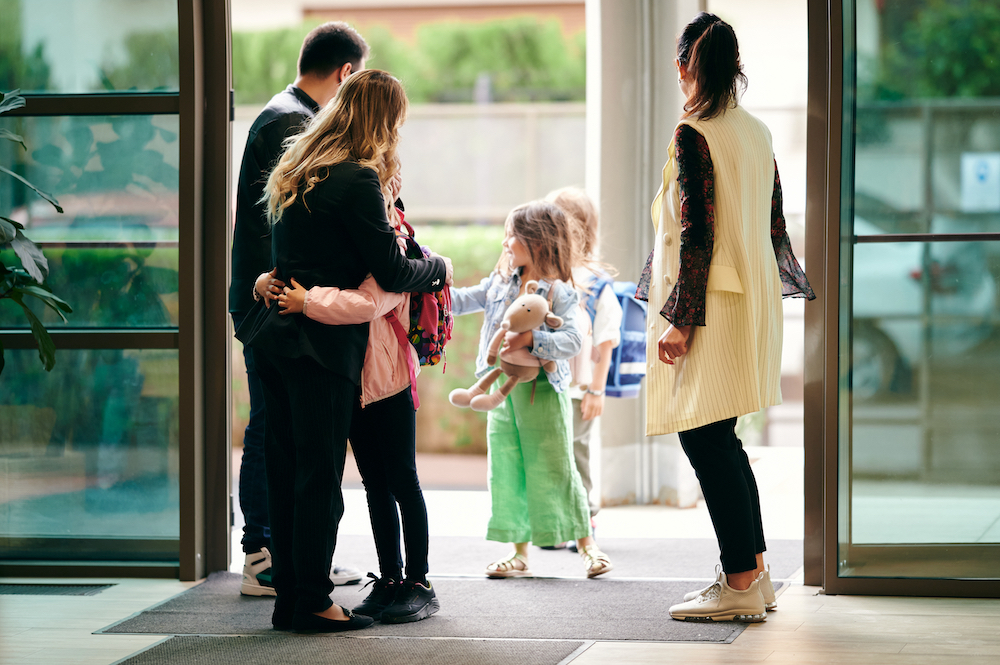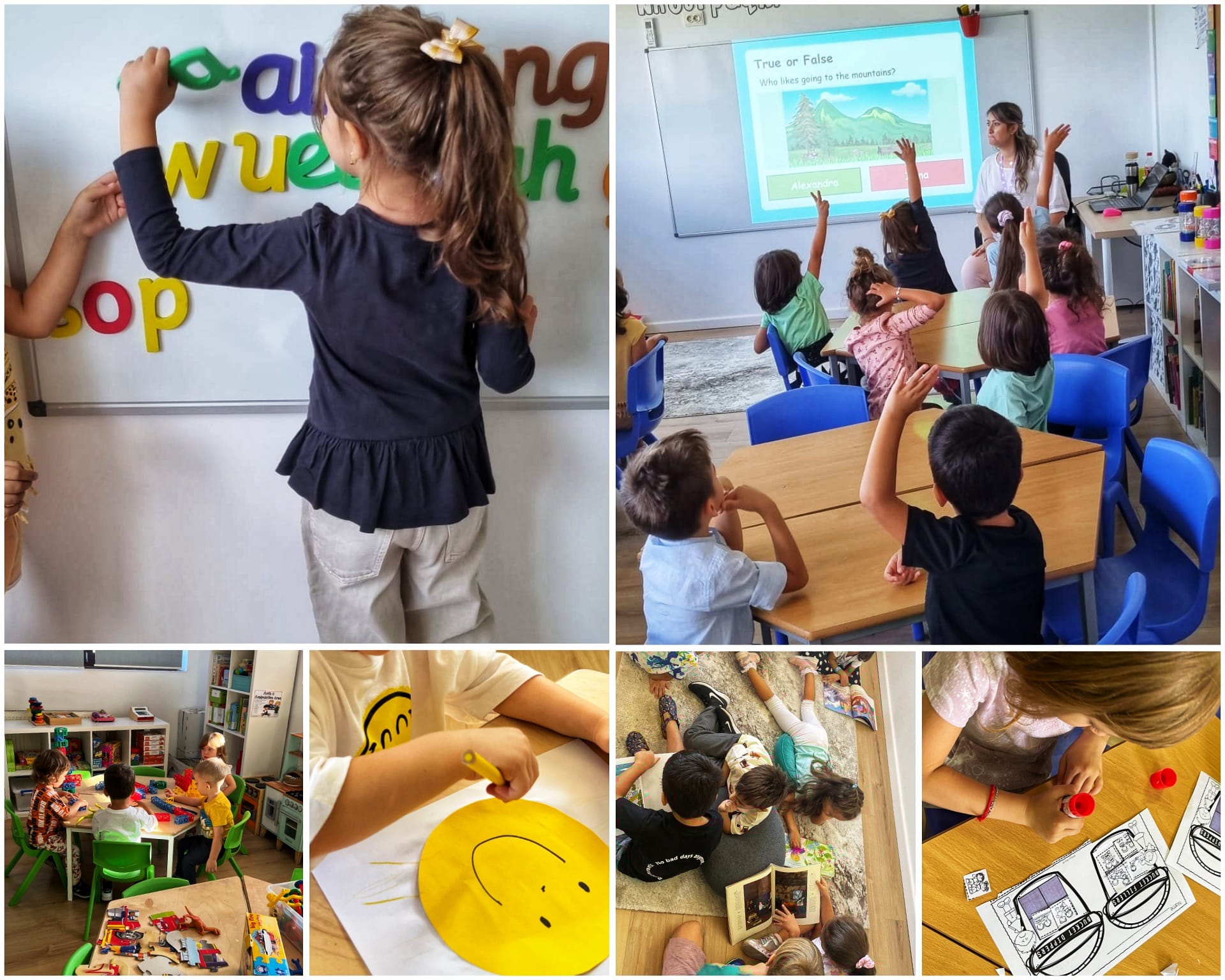“When children are young they are setting their patterns for life, Their emotional and social well-being matter.”
Mindfulness practice in the classroom may be one way to help students improve their academic performance, nurture their emotional well-being and bolster their behavior.
At least, that’s the idea behind a new study from the University of Wisconsin-Madison’s Center for Investigating Healthy Minds, the recipient of a three-year, $1.5 million grant from the U.S. Department of Education, in partnership with the Madison Metropolitan School District, to bring the centuries-old practice into the city’s classrooms.
“We want to assess, in a rigorous way using research, something that is done all over the world,” says Lisa Flook, assistant scientist at CIHM, part of the UW Waisman Center.
“Such practices, particularly early in life when neuroplasticity is at its peak, have the potential of helping children pursue a trajectory of healthy development,” says Richard Davidson, founder of CIHM and a professor of psychology and psychiatry.
The CIHM published the results of a successful study involving Madison teachers and MBSR last year and it conducted a pilot project involving Madison 5th graders in 2010.
After the first year, a large team of investigators will go into the schools to collect a wealth of data, including: student performance on computer tasks of attention; surveys of student mood, anxiety and perception of the classroom environment; student attendance, academic and behavioral records; and teacher surveys of their own job stress, psychological well-being, mood and empathy.
“When children are young they are setting their patterns for life,” says Flook. “Their emotional and social well-being matter.”
To practice mindfulness-based stress reduction, students and teachers are trained through a variety of practices to focus on the present moment, including bringing attention to their breathing. They are also taught to be attuned to their bodies and aware of their emotions, to “drop in” on their present state.
“How do we support teachers and students after the program?” she says, looking ahead. “Mindfulness is like a muscle: you need to keep using it to keep it trained.”










Leave A Comment